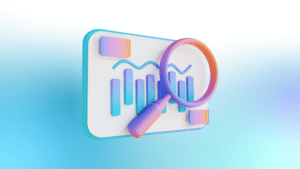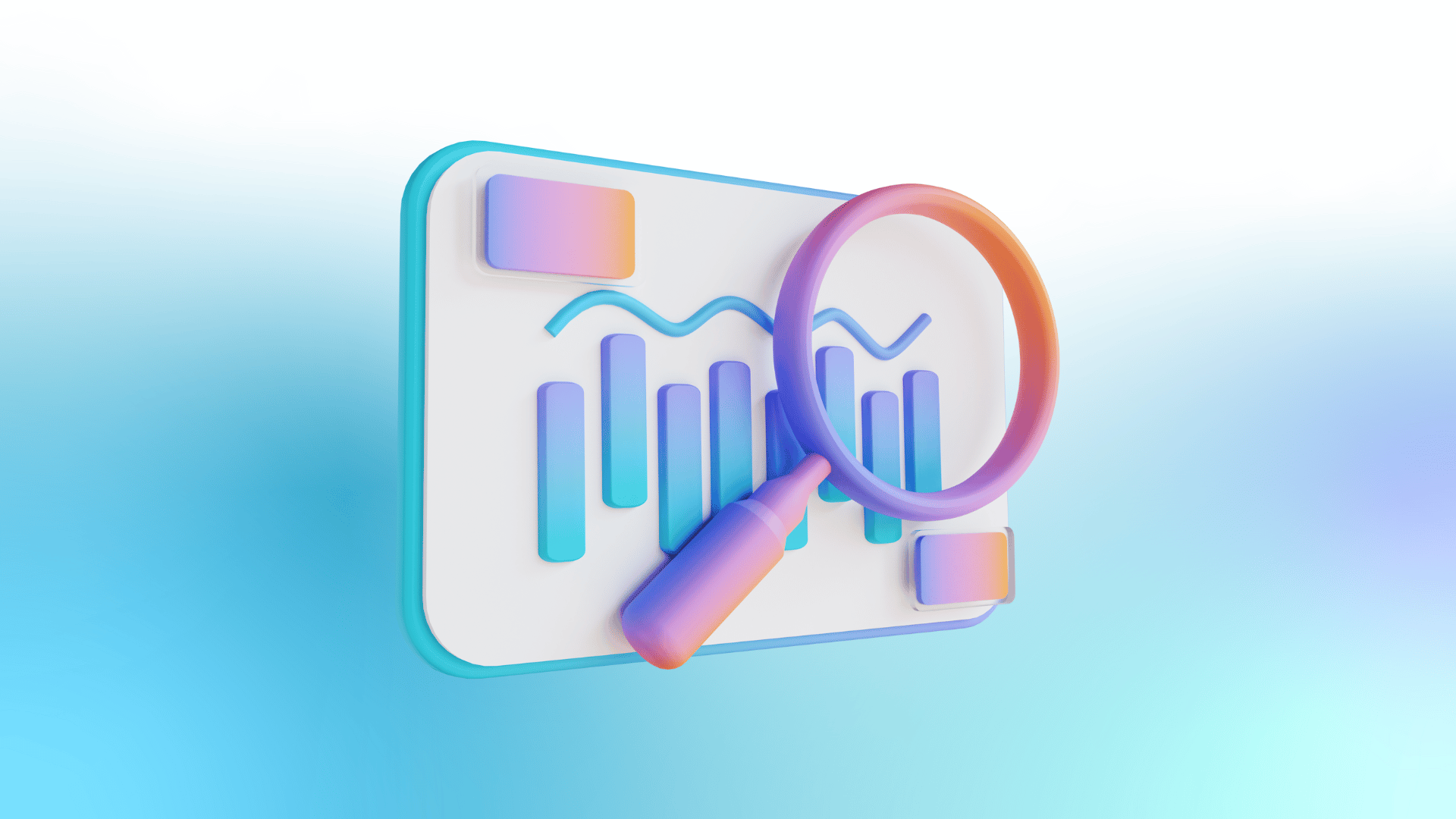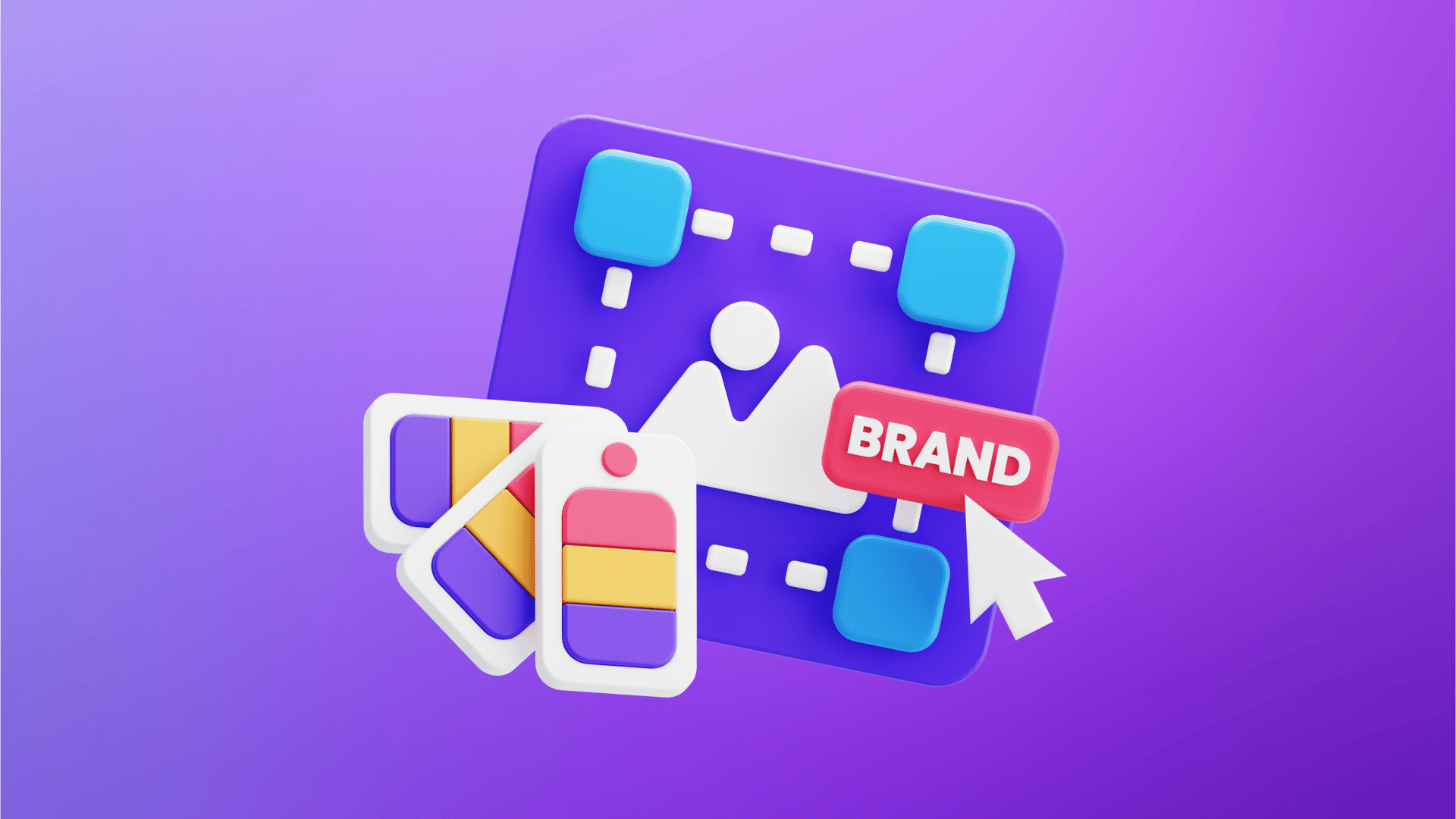Google updates its algorithms thousands of times yearly. Most changes are subtle and go unnoticed by users and website owners. Major updates like Panda, Penguin, and BERT have revolutionized how Google understands and ranks content.
Recent algorithm changes showcase Google’s increasing sophistication. The December 2024 Core Update made a notable mark, with MozCast reaching 127.0°F – the highest reading in 2024. Business operations faced challenges when the November 2024 Core Update rolled out over 24 days during major shopping events.
Google’s search algorithms have evolved significantly since 2000. The Hummingbird update in 2013 enhanced search query understanding. The 2022 Helpful Content Update prioritized user-first content. This piece explores how these most important updates have shaped search rankings and what they mean for SEO’s future through 2025.
Early Google Algorithm Updates (2000-2005)
Google made only a few updates to its algorithms in the early 2000s. PageRank started it all and changed how web pages got their rankings.
PageRank: The Original Ranking System
Larry Page and Sergey Brin developed PageRank at Stanford University in 1996, which brought a fresh way to measure webpage importance. Their algorithm ranked pages by counting incoming links as votes of confidence. The system balanced each link’s effect by looking at how many outgoing links came from each page. Stanford University received 1.8 million Google shares when they gave up the PageRank patent, and they sold these shares in 2005 for AUD 513.74 million.
Florida Update: First Major Algorithm Change
Google rolled out its first big algorithm change with the Florida Update in November 2003. This update targeted old SEO tactics from the 1990s and made them useless. Small retailers and affiliates felt the biggest hit as their rankings dropped overnight. Google promised to avoid major updates during busy shopping seasons after this update caused problems right before the holidays.
The Florida Update changed SEO in several ways:
- Links from unrelated pages lost their value
- Statistical link analysis became standard
- SEO professionals had to rethink their methods
- SEO forums saw less information sharing
Brandy Update: LSI Implementation
Google launched the Brandy Update in February 2004, which brought big improvements to their indexing system. Latent Semantic Indexing (LSI) came with this update and helped Google understand themes better instead of just counting keywords. The update increased Google’s index by approximately one billion pages.
Brandy Update brought these technical improvements:
- Better handling of dynamic web pages
- Smarter duplicate content detection
- Index coverage jumped from 60% to 80%
- Better understanding of link contexts and anchor text
Rise of Quality Updates (2006-2012)
Google moved its focus to boost search result quality between 2006 and 2012 with two groundbreaking updates that altered the map of SEO.
Panda Update: Content Quality Revolution
Google launched the Panda update on February 23, 2011, which changed how content quality shaped search rankings. The algorithm change, first known as the “Farmer Update,” affected approximately 12% of all English language search results.
Panda’s main goal was to assess website quality through several factors:
- Original and in-depth content
- Strong editorial standards and accuracy
- Simple user experience and site design
- Good balance of ads to content
- Trust level of the entire site
Google made Panda part of its core algorithm by 2015. This made content quality checks happen continuously. The update hurt websites with copied content, thin pages, and content farms that had ranked well just by publishing often.
Penguin Update: Link Quality Focus
The success of Panda led Google to launch the Penguin update on April 24, 2012. This algorithm improvement targeted shady link-building and keyword stuffing, affecting more than 3% of search queries.
Penguin worked by looking at backlink profiles and finding unnatural linking patterns. The algorithm also checked anchor text distribution and link growth rates to spot manipulation. Yes, it is true that websites using link schemes or joining link exchanges saw big drops in their organic traffic.
The algorithm worked so well that Google added it to their core algorithm with Penguin 4.0 in September 2016. This made link quality checks happen in real-time, so websites could recover faster after fixing their link problems.
These updates helped Google set stricter quality rules for content and backlinks. Websites had to create valuable content and build natural link profiles to stay visible in search. Panda and Penguin together changed how SEO worked, making website owners focus on user experience instead of tricks.
Mobile and User Experience Era (2013-2017)
Google made mobile accessibility and user experience its top priorities in search algorithms between 2013 and 2017.
Mobile-Friendly Update Impact
Google launched a mobile-friendly update in April 2015 that changed the way websites ranked in mobile search results. This update, which people nicknamed “Mobilegeddon,” changed search rankings across all languages worldwide. Websites that weren’t optimized for mobile devices saw their mobile traffic drop.
The changes hit hard, affecting almost 40% of Fortune 500 companies’ websites. Google gave webmasters two months to optimize their sites for mobile devices. All the same, the update worked like an on-off switch – pages were either mobile-friendly or not, with no middle ground.
RankBrain: AI in Search
Google reached another milestone when it launched RankBrain, its first deep learning system in Search, in October 2015. RankBrain’s main goal was to link words with real-life concepts. The system started by processing about 15% of new queries and expanded to handle all queries by 2016.
The system showed excellence in:
- Using machine learning to understand search intent
- Connecting signals to query intent
- Measuring user interaction signals like dwell time and bounce rates
RankBrain’s capabilities helped it outperform Google’s engineers by 10% when identifying the best search results. The system soon became one of the major AI components driving Google’s search engine.
Core Web Vitals Introduction
Google started using Core Web Vitals in its ranking algorithm in May 2020. These metrics looked at three vital aspects of user experience:
- Largest Contentful Paint (LCP): Measures loading performance
- First Input Delay (FID): Measures interactivity
- Cumulative Layout Shift (CLS): Measures visual stability
The Chrome User Experience Report (CrUX) offered ground user metrics that helped developers assess website performance using actual user data. These metrics became vital ranking factors, with performance scores labeled as ‘Good,’ ‘Needs Improvement,’ or ‘Poor’. A good LCP score stayed under 2.5 seconds, while anything above 4 seconds fell into the poor category.
AI and Natural Language Updates (2018-2021)
Google’s search capabilities took a big leap forward between 2018 and 2021. Natural language processing brought two major updates that changed how the search engine understands and handles queries.
BERT: Understanding Search Intent
Google launched BERT (Bidirectional Encoder Representations from Transformers) in 2019. This neural network-based technique revolutionized natural language processing. BERT affected 10% of English queries at first and grew faster to support all languages in Google Search. BERT’s main goal was to understand how word combinations express different meanings and intents.
BERT works with a unique two-way approach that analyzes words by looking at their previous and next context. This two-way system helps BERT understand a word’s complete context by looking at surrounding words. The system works exceptionally well with longer, conversation-like queries.
MUM: Multimodal Understanding
Google launched the Multitask Unified Model (MUM) in 2021. This technology brought a huge advancement in search capabilities. MUM proved to be 1,000 times more powerful than BERT thanks to its sophisticated design.
MUM stands out with these features:
- It processes information in 75 different languages
- It understands and creates language at the same time
- It analyzes text, images, and video formats
- It connects information from different content types
- It gives complete answers to complex questions
Google showed MUM’s real-world value during the COVID-19 vaccine rollout. The system identified 800 vaccine name variations across 50 languages in seconds. Unlike BERT’s text-only features, MUM understands queries that combine images and text. Users can now take a photo of hiking boots and ask if they suit specific mountains. MUM then suggests relevant recommendations based on both visual and text information.
These updates have improved Google’s understanding of user intent by a lot. The search engine now handles complex queries that once needed multiple searches. This marks a fundamental change toward more user-friendly and complete search experiences. Context and user intent now matter more than simple keyword matching.
Latest Google Algorithm Updates 2024
Google rolled out three major updates to its search algorithm in 2024. These changes significantly improved search result quality and spam detection.
March 2024 Core Update Changes
Google launched its biggest core update on March 5th, which took 45 days to complete. The company fine-tuned multiple core systems to spot unhelpful content and poor user experiences more effectively. This update turned out to be a big deal as it meant that low-quality, unoriginal content dropped by 45% in search results.
The March update brought these key improvements:
- Better detection of content made just for search engines
- Smarter identification of unhelpful webpages
- Better evaluation of user experience metrics
- Improved recognition of website changes
- More advanced spam detection systems
Site Reputation Abuse Update
Google started enforcing its site reputation abuse policy in May 2024. This update targeted “parasite SEO” and tackled third-party content published on established domains that manipulated search rankings. The policy made it clear that using third-party content to exploit site ranking signals breaks guidelines, whatever the first-party involvement.
The changes covered various business setups, including white-label services, licensing agreements, and partial ownership structures. Google decided that no level of first-party involvement could justify exploiting host site ranking signals. Sites now need to keep close watch over third-party content to avoid manual actions.
December 2024 Spam Update
Google showed its dedication to search quality during peak seasons with the December 2024 spam update on December 19th. This broad spam-fighting update took seven days and wrapped up on December 26th. The timing was notable since it started right after the December core update finished.
This update hit more sites than previous spam updates. Of course, the holiday season timing affected many websites, but Google suggested looking at ranking changes instead of traffic numbers due to seasonal patterns. This was 2024’s third spam-related change, in a year that saw four core updates and three spam updates.
SpamBrain, Google’s AI-based spam prevention system, is a vital part of this update. The improved system caught new types of spam while ensuring better alignment with Google’s spam policies. Sites hit by this update had to review these policies since ranking improvements only showed up after months of proven compliance.
Future of Google Search Algorithm
Google’s AI technology is pioneering search engine advancement and reshaping how people use Google Search. Sundar Pichai, Alphabet’s CEO, predicts major changes in search capabilities through 2025.
AI-Powered Search Evolution
Google Search now runs on the custom Gemini model, which marks a most important breakthrough in search technology. This advanced system provides:
- Multi-step reasoning capabilities
- Advanced planning functionalities
- Multimodal understanding
- Better search result organization
- Improved video comprehension abilities
AI Overviews have changed how people search, and users now ask more complex questions. Without doubt, this move has encouraged people to explore more websites when they need detailed information. AI-generated summaries have impacted organic click-through rates, which dropped from 1.41% to 0.64% year over year for informational queries.
Predicted Algorithm Changes 2025
Google’s algorithm will focus on several priority areas soon. Semantic search will become more prominent as it helps understand the meaning behind queries. Voice search optimization will grow more significant because users prefer conversational search patterns.
The E-A-T (Expertise, Authoritativeness, and Trustworthiness) framework will stay important in 2025. The AI technologies will also handle complex questions better, with improvements coming early in the year.
People’s search habits keep changing as more users turn to AI Overviews and Large Language Models (LLMs). These LLMs represent a move toward combining information from multiple sources, often synthesizing hundreds of articles into single answers.
Search will become more personalized. Google’s AI now understands context, nuances, and user intent better. Users will get more accurate answers directly in search results.
Social platforms like Reddit, TikTok, and LinkedIn offer unique human viewpoints and gain popularity. Traditional Search Engine Results Pages (SERPs) feature these platforms more often, and they appear in LLM search results too.
Video understanding capabilities mark another major step forward. Users can ask questions about video content now, which shows a big improvement in search functionality. AI-organized results pages will show unique AI-generated headlines and different content types.
Businesses and content creators must watch algorithm updates and adjust their strategies quickly. Creating content that meets users’ information needs remains essential. New metrics like Share of Model help measure brand citations in AI-generated responses across platforms.
Conclusion
Google’s search algorithm has evolved remarkably in the past 20 years. What started as PageRank’s simple link-based system has now become a state-of-the-art AI-powered platform. Each major update solved specific challenges. Florida eliminated outdated SEO tactics. Brandy introduced semantic understanding. Panda and Penguin set quality standards for content and backlinks.
The platform made a fundamental change with Mobile-Friendly updates and RankBrain that prioritized user experience and machine learning. BERT and MUM updates showed Google’s expanding capabilities in natural language processing. These updates now handle complex queries across multiple languages and formats effectively.
Core updates, site reputation abuse policies, and better spam detection systems brought big changes in 2024. These changes are the foundations for future developments, especially when you have Gemini’s integration into search operations.
AI-driven search will reshape how users interact with the platform. The focus remains on semantic understanding and multimodal capabilities. Website owners need to create high-quality, user-focused content and adapt to new search technologies. Success in Google’s ecosystem depends on keeping up with trends and building an authentic, valuable online presence.
Show facts
2 of 2Back
Author
-

Managing Director of one of Australia's leading Digital Marketing Agencies... With over 7+ years of hands on experience in SEO, managing both national & international organisations SEO strategy and campaign distribution. Having won several international awards (Search Awards, Clutch, TechBehemoth etc.) for both paid media and search campaign success... He is a front runner in leading search and defining the playbook for the Australian market.
View all posts











